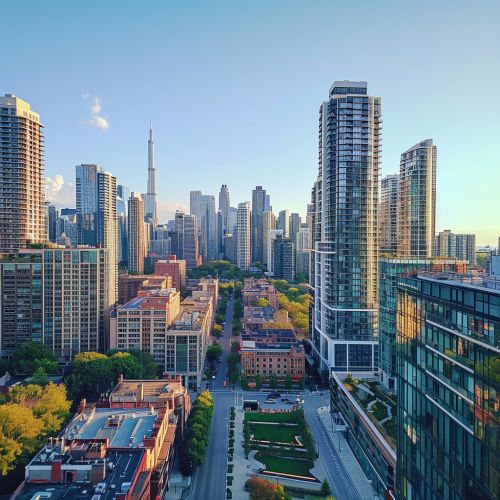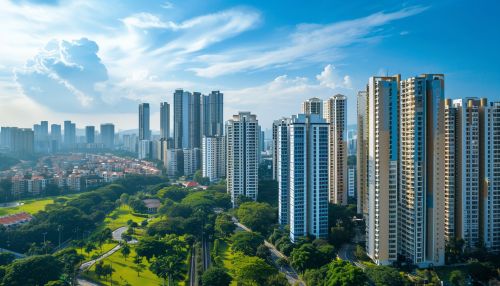Urban Climate
Introduction
Urban climate refers to the climatic conditions in urban areas, which are significantly different from those in their surrounding rural areas. This is due to the unique characteristics of urban areas, such as their built environment, population density, and human activities. Urban climate is a subfield of urban climatology, which studies the interaction between urban areas and the atmosphere.
Urban Heat Island Effect
One of the most well-known phenomena associated with urban climate is the urban heat island (UHI) effect. This is a condition where the temperature in the urban area is significantly higher than its surrounding rural areas. The UHI effect is primarily caused by the modification of the natural landscape into built environment, which absorbs more solar radiation and releases it as heat.


The UHI effect can have several impacts on the urban environment and its inhabitants. It can increase energy consumption, particularly for air conditioning during the summer months. It can also exacerbate heat-related health issues, such as heatstroke and cardiovascular problems. Furthermore, it can affect local weather patterns, potentially leading to more intense heatwaves and storms.
Urban Microclimate
Another important aspect of urban climate is the urban microclimate. This refers to the local climatic conditions within the urban area, which can vary significantly from one location to another. For example, a park in the city center can have a cooler and more humid microclimate compared to a nearby concrete-paved area. Urban microclimates are influenced by various factors, including the type and arrangement of buildings, the presence of vegetation, and the materials used in the urban infrastructure.
Urban Climate Modelling
Urban climate modelling is a tool used by urban climatologists to predict and analyze the climatic conditions in urban areas. These models take into account various factors, such as the urban geometry, the properties of the urban materials, and the human activities. They can be used to predict the UHI effect, the urban microclimate, and other aspects of the urban climate. These predictions can be used in urban planning and design to mitigate the negative impacts of urban climate and enhance the livability of urban areas.
Urban Climate Adaptation
Urban climate adaptation refers to the strategies and measures implemented in urban areas to cope with the impacts of climate change. These can include the creation of green spaces to reduce the UHI effect, the use of reflective materials in buildings to reduce heat absorption, and the implementation of sustainable urban drainage systems to manage stormwater. Urban climate adaptation is a crucial aspect of sustainable urban development, aiming to create resilient cities that can withstand the challenges posed by climate change.
